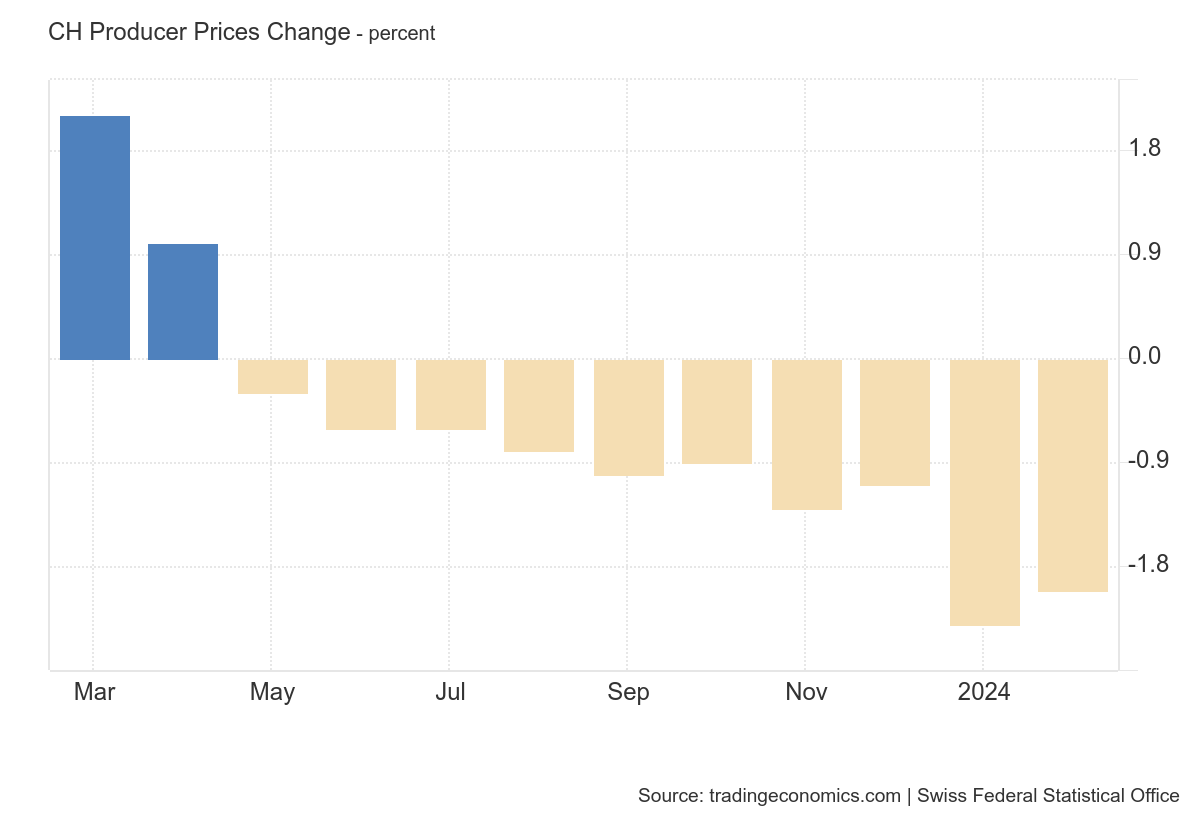The Bank of Japan surprised investors by introducing negative rates last week. Leave aside the fact that the negative rates do not go into effect for more than another week, and even when in effect, will apply to a relatively small amount of deposits at the central bank. The important point is that it is another central bank to introduce negative rates.
Moreover, the yields of Japanese bonds through eight-year maturities have turned negative. In comparison, German yields are negative though seven-year maturities. Swiss government bonds through 15 years have negative yields. Counting sovereign T-bills, something on the magnitude of $7-$8 trillion of government obligations have negative yields.
Japan's Ministry of Finance sells bonds to institutional investors through the normal channel, but like some other countries, it has a separate distribution channel for retail investors. Government bonds in Japan are sold to retail investors through Japan Post. Previously the government canceled the sales of two- and five-year obligations because the transaction costs would be more than the yield earned. Today they canceled the 10-year sale through Japan Post.
While some expressed consternation over the decision to suspend the sales of such low yielding instrument to households, policymakers are thinking more broadly about the implications of negative interest rates not just on banks but household savers. In a recent speech in Germany, ECB President Draghi pushed back against such argument, pointing to the positive return to German investor, despite the low and negative yields. Capital appreciation (rally in prices) needs to be taken into account.
While Japanese investors may be more accustomed to low interest rates, but a Rubicon has been crossed. Government bonds may not longer be appropriate savings vehicles for retail investors. The bonds sold through Japan Post to retail investors are in small increments (JPY20k or ~$410). It is true that institutional investors may buy a bond with a negative yield if they had a reasonable expectation of selling it at an even more, negative yield. However, retail investors are not typically going to do this.
At the very least, it is incumbent on government's to provide consumer education about the meaning of negative interest rates. This is particularly important in countries like Japan where government sales are targeted to retail. In Europe, the education is important not only because of negative yields but also because the new directive (BRRD) exposes even senior bondholders to being bailed in (before taxpayers).
The return on labor is wages. Wages need to be high enough that the workers can reproduce. When wages do not keep pace with inflation or productivity, few claimed "repression." Transfer payments, which are concessions from the state, helped ensure that the working class can reproduce itself. Negative interest rates mean that capital now has a reproduction problem.
The central banks that have adopted near zero or negative interest rates do so to provide monetary support for their economies and/or arrest deflationary forces. Negative rates come at a price. That price seems to be a corrosive element to society. The crisis is not simply about debt, after all, such low yields typically are not the expected symptom of a debt crisis. The crisis is that the social classes cannot reproduce. Moreover, the corrosive aspect increases over time.
The signals from the ECB and BOJ are that negative interest rates are likely to prevail for some time. This sounds vague, but the ECB's asset purchase plan runs for at least another year, and it may extend it further. The minus 30 bp deposit rate may also be cut again, as early as next month. That is to say, there is not a compelling reason to think that European rates have even bottomed yet. The BOJ's QQE is open-ended. Now that the negative interest rate threshold has been crossed, many expect the BOJ to continue to press on it. And this does not rule out more asset purchases as well.
Last week (and before the BOJ's announcement), the Federal Reserve confirmed that under this year's stress tests, one scenario includes a negative three-month T-bill yield for an extended period. Under the conditions of global recession and corporate woes, the scenario is for the three-month bill yield falls to minus 50 bp for an extended period (through Q1 2019). Of course, the stress test is just that. It is not a forecast of a likely scenario. That is the whole point of a stress test. It is true that US T-bill yields have briefly traded a little below zero. This was partly a function of supply issues and the US debt managers have confirmed plans to increase the supply.
Nevertheless, investors and policymakers have to recognize that negative yields, not just low yields, may prevail for an extended period. The implication to the various stakeholders needs to be thought through more thoroughly. If capitalism, as it has evolved especially since the early 1980s, has been built to a large extent on debt, the negative interest rates have far-reaching consequences. The inability of the social classes to reproduce may ultimately weaken the very society that the low (and negative) interest rates are meant to protect.



















